How to Filter Out Bad Trades and Only Focus on Clean Setups
How to Filter Out Bad Trades and Only Focus on Clean Setups
One of the biggest improvements I made as a trader was learning how to filter out bad trades. In the beginning, I was taking anything that looked like it might move. I’d jump in too early, chase green candles, and regret it five minutes later.
But once I got serious about consistency, I realized that not every setup deserves my money. Now, I only focus on clean setups that fit my criteria. I don’t care if a stock is trending on Twitter or someone is calling it out in a Discord — if it doesn’t match my plan, I skip it.
This shift didn’t just save my account — it gave me clarity. I wake up, follow my routine, build a watchlist, and wait. That’s the exact process I share inside my ebook here, where I break down how I pay bills using stocks and avoid emotional trading.
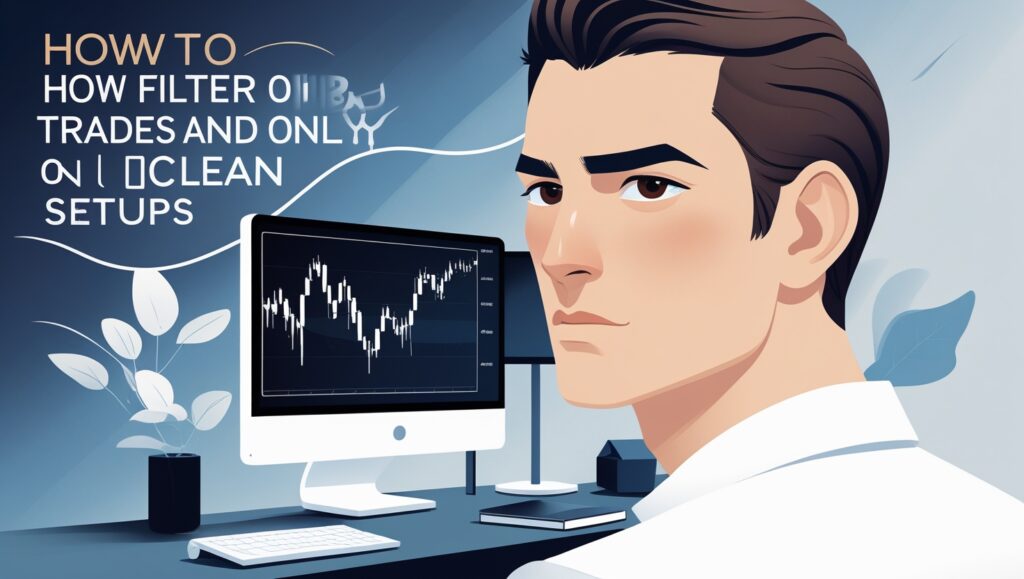
Table of Contents
What Makes a Trade “Bad”?
A bad trade isn’t just one that loses money. A bad trade is any trade you take that goes against your strategy. If you’re entering without a clear setup, defined risk, or confirmation — that’s a bad trade.
In my experience, most losses came from random decisions, not my core setups. The stock looked exciting, or someone hyped it up, and I jumped in blindly. Now I know better.
I Use a Checklist
Before I enter any trade, I ask myself:
- Is this stock on my pre-market watchlist?
- Is it breaking a key level with volume?
- Is the float manageable?
- Is there recent news or momentum?
If the answer to any of these is no, I skip it. I explain this step-by-step system in my ebook so you can copy the same process that works for me every week.
Clean Setups Are Obvious — When You’re Patient
You don’t need to force trades when you know what a clean setup looks like. It should feel obvious. Clean setups have direction, volume, and structure. They usually break a key level, hold above it, and offer a clear entry with low risk.
When I started trusting only the best setups, I stopped trading out of boredom. That’s when my win rate improved — and so did my confidence.
How I Avoid Overtrading
One trick I use is limiting myself to a maximum of one or two trades per day. If nothing clean shows up, I walk away. I don’t hunt. I don’t force. My focus is always quality over quantity.
The truth is, you only need a few good setups per week to make real progress. I’d rather wait for those than stack red trades from low-quality moves.
Final Thoughts
Filtering out bad trades has changed the way I trade. It’s not just about avoiding losses — it’s about protecting your energy, time, and mental clarity. I no longer feel like I’m gambling. I feel like I’m running a system.
If you want to learn how I do this, how I find clean setups, and how I only trade what matches my plan, grab my ebook here.
I built it for traders like me — people who want to keep things simple, smart, and sustainable.
One thing I’ve learned is that discipline creates freedom. When I stopped jumping into everything that moved, I became a better trader. I wasn’t chasing anymore — I was choosing. There’s a difference between being busy and being effective.
In the past, I thought more trades meant more opportunity. But now I know that more trades just meant more risk, more fees, and more emotional stress. Clean setups protect your mindset, not just your capital. You start trusting yourself more when you’re not second-guessing bad entries.
I also rely heavily on pre-market preparation. Before the market opens, I’ve already filtered out most of the junk. I look at volume, recent news, catalysts, and support/resistance levels. If something doesn’t meet my criteria, I don’t even add it to my list.
Another trick that helps me stay out of bad trades is journaling. Every time I take a trade that didn’t go well, I review whether it was a clean setup or just a rushed decision. Most of my red trades came from ignoring my own rules — and the journal helped me face that.
Inside my ebook, I break down the routine I follow each morning. I share how I build a solid watchlist, eliminate noise, and stay laser-focused on high-probability moves. It’s not complicated — it’s consistent.
When I do take a trade, I already know where I’m getting in, where I’m getting out, and what I’m risking. That level of clarity removes the panic. I’m no longer reacting to the chart — I’m following a plan. And that’s what clean setups allow you to do.
Many traders ignore this part: not trading is a powerful option. If nothing fits, I skip the day. It’s that simple. I’d rather take one great trade a week than five average ones. That mindset shift alone made me more consistent than any indicator ever did.
Another thing I stopped doing? Trading other people’s setups. You never know what their plan is, what their risk tolerance is, or how long they’re holding. When I only trade what I personally prepared, I feel calm — even if the trade doesn’t go my way.
Clean setups usually come with clear breakout levels and volume confirmation. If there’s no clean direction, I pass. If the chart is choppy, I pass. If I have to guess, I pass. This sounds simple, but it’s a habit that took time to build.
The fewer trades I take, the better my tracking becomes. I know what’s working. I know what to tweak. And I can actually improve, instead of just guessing why I had another red day.
Filtering out bad trades isn’t just about performance — it’s about protecting your account from unnecessary damage. When you develop the discipline to only focus on clean, obvious setups, you take back control of your trading.
If you want to copy the same method I use every week to filter trades and stick to what actually works,
👉 grab my ebook here.
It’s for anyone who’s tired of guessing and ready to trade with confidence.
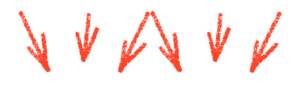
Stay ahead in the stock market! Subscribe to our newsletter and receive exclusive stock flow reports, trading insights, and actionable tips directly in your inbox. Join thousands of traders who get our updates first.

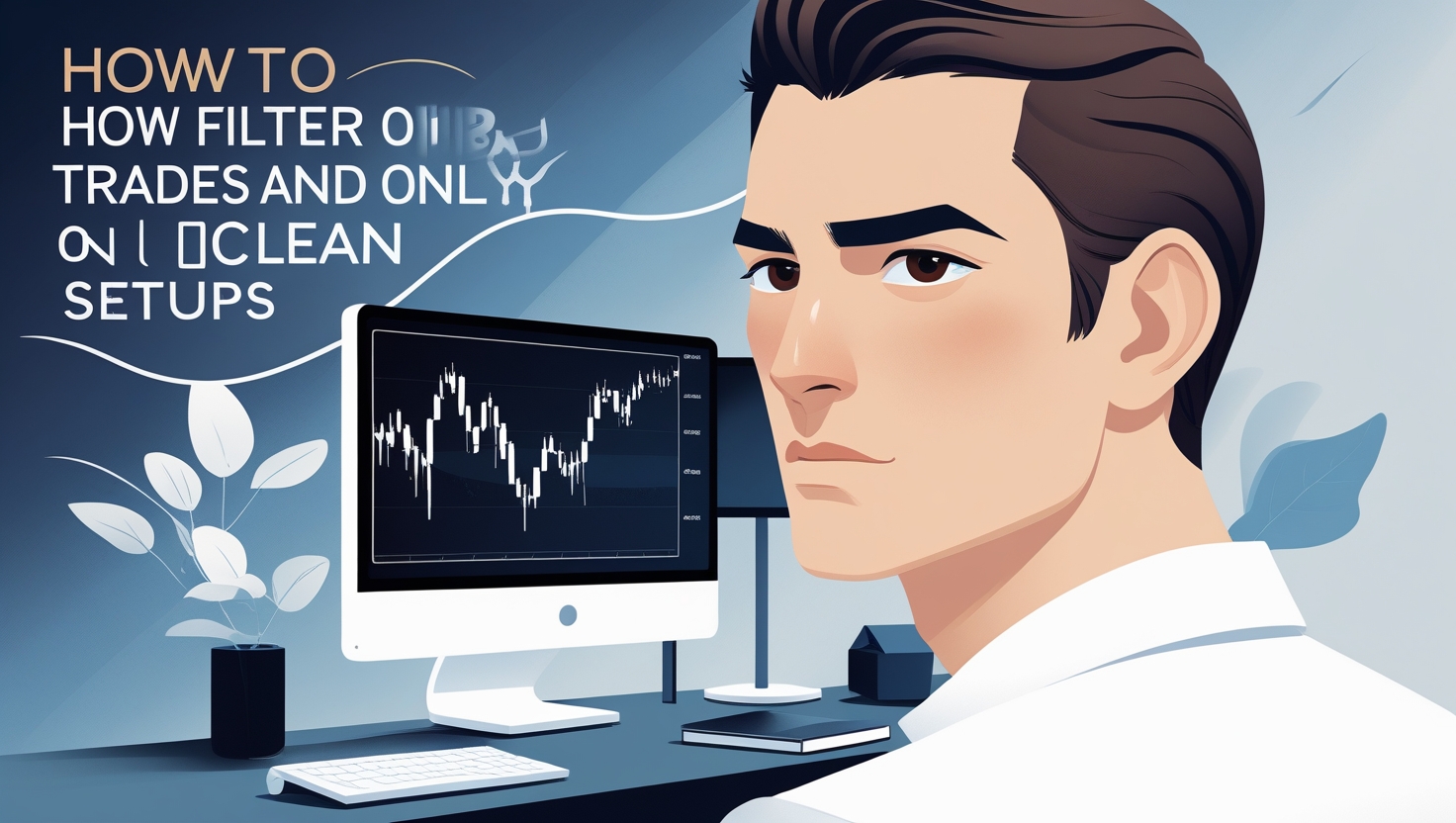

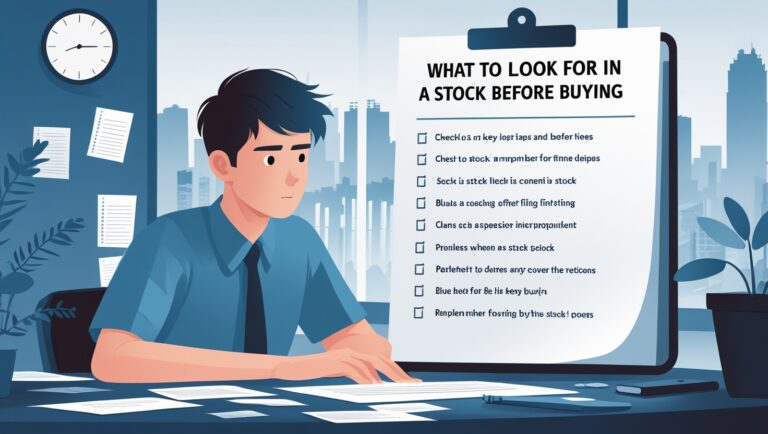


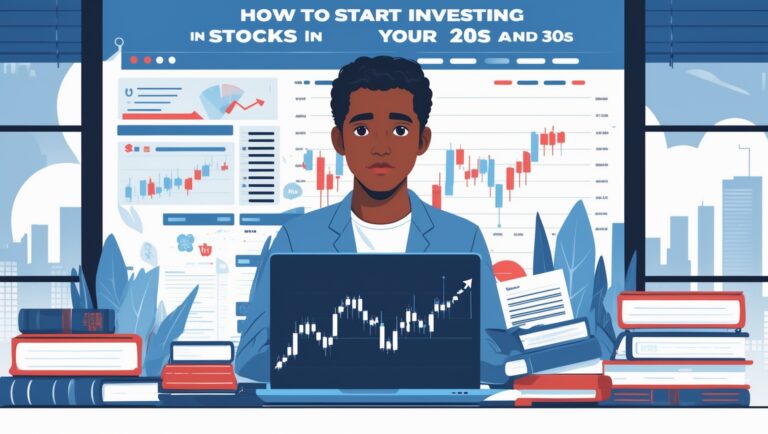

10 Comments